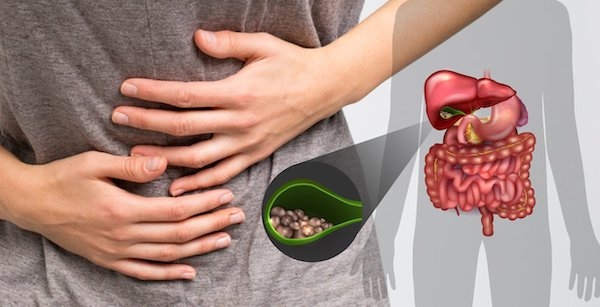Today, the distinction and diagnosis of many diseases can be made very easily, and we can detect the disease early and take all necessary precautions. As a result of both the development of medicine and experience, the problem of "jaundice", that is, "Hepatitis", is a disease that can be easily recognized and treated immediately. In this article, where you can find answers to many questions such as what is jaundice, what causes jaundice, what are the symptoms of jaundice, how to diagnose jaundice and how to treat jaundice, many interesting issues about jaundice are also mentioned.
Contents
What is jaundice?
Jaundice, which means that the skin, mucous membranes or eyes turn yellow, is caused by the yellow pigment.
During the destruction of blood cells, bilirubin is formed as a result of the participation of various organs in this destruction. In case of increased production or decreased excretion of bilirubin for any reason, discoloration occurs in the skin color and whites of the eyes as a result of accumulation in the body. This condition is called jaundice among the people.
What Causes Jaundice?
Jaundice occurs because the blood cell expires, the liver is overloaded, liver damage, or there is a problem in the transfer of bilirubin from the liver to the intestine through bile.
What are the diseases that can cause jaundice?
Acute Inflammation of the Liver
An acute inflammation to be experienced in the liver may cause accumulation by affecting the ability of the bilirubin transported to be bound to blood proteins, which we call conjugated bilirubin, to secrete. Therefore, jaundice can occur after acute inflammation of the liver.
Bile Duct Inflammation
Inflammation, which is more common in the bile duct, can prevent the secretion of bile and the removal of bilirubin. As a result of this accumulation, one may encounter "jaundice" again.
Bile Duct Obstruction
As a result of the obstruction of the bile ducts, “bilirubin” is not excreted and accumulates in the liver. This results in "jaundice".
Conditions such as hemolytic anemia, Gilbert's syndrome and Cholestasis (Occlusion) are also diseases that "accumulate bilirubin" for the emergence of "jaundice".
What Are the Symptoms of Jaundice?
As it can develop gradually over time, jaundice can also occur suddenly. The most common symptoms of jaundice, which give “obvious” symptoms when it occurs, are as follows;
Jaundice is most evident in the eyes. In cases where the whites of the eyes and the skin turn into a yellow color, a "yellow color" can be observed, which can also turn brown.
Changes also occur inside the mouth and the "yellow color" is seen here again.
Darkening of the urine color is also a symptom of jaundice. However, if there are no other findings suggestive of jaundice, urinary tract infections may not be considered as "jaundice" since the same symptoms may occur.
- Tiredness,
- Stomach ache,
- weight loss,
- Vomiting,
- Fire
- Light and clay-like stools are among the most common symptoms of jaundice.
How Is Jaundice Treated?
The treatment of jaundice, which varies according to the factors causing the formation of the disease and the development of the disease, can be done with some treatment methods.
Cause-oriented treatments for jaundice due to rapid destruction of blood cells,
The treatment of jaundice caused by hepatitis is done with antivirus drugs and steroid drugs.
For "jaundice" that develops due to various blockages, it may be recommended to open the blockage with surgery.
To Cope With Jaundice Caused by Hepatitis and Other Factors, Dr. Meral is waiting for you!
If your environment or someone knows the signs of jaundice, they will see it very easily. Many tests will be required for a clear diagnosis of jaundice, which manifests itself with jaundice in the eyes, yellowing in the mouth and changes in defecation. Thus, the source of jaundice will be clearly identified and the treatment of jaundice will be shaped.





